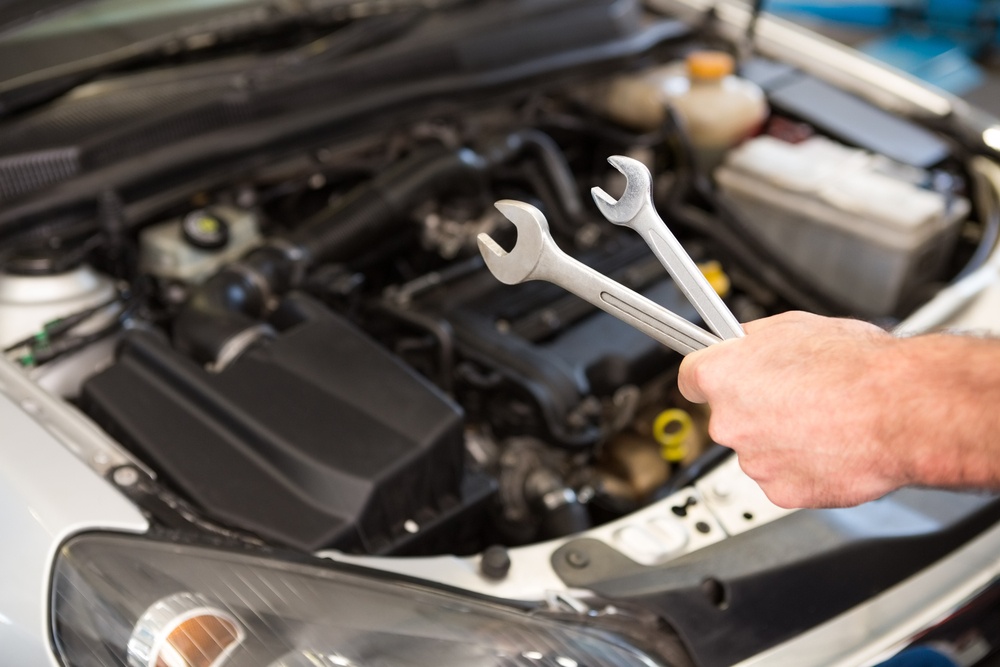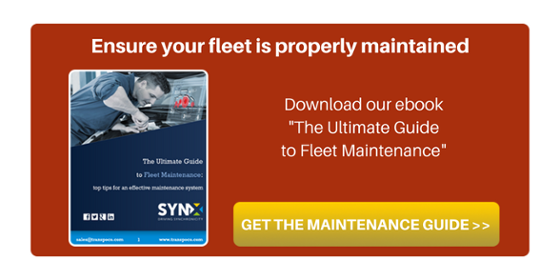
After procuring a fleet, part of the operational and risk assessment actions needed to correctly manage a fleet falls upon proper fleet maintenance. If a fleet does not have a robust maintenance programme, it incurs risks and it could place other road users in dangerous situations. Such a maintenance programme does not only need to cater for actual maintenance work on the vehicles, but also to maintain control and administration work to ensure appropriate use of the fleet.
How then can companies ensure that fleets are properly maintained and which items should a robust maintenance programme include other than the strictly adhered-to maintenance calendars?
#1 - Appropriate processes in place—not only should a proper maintenance schedule exist, but also other procedures that deter general misuse of vehicles including the operation of vehicles that aren’t roadworthy: drivers should have access to specific vehicles, vehicle information should be shared with relevant staff, keys should only be given to authorised personnel and vehicles should undergo a procedure to be allocated for specific jobs.
#2 - HR, vehicle usage and fleet policies—anything related to the use of a vehicle, including rules outlining where it can be driven for personal use, should be established and shared so that staff are fully aware of fleet policy. Inappropriate use may mean that a vehicle is driven uninsured or could result in potential maintenance breaches.
#3 - Compliant maintenance facilities—both if maintenance is taken care of in-house or whether it is outsourced, maintenance facilities need to be reviewed on a regular basis to ensure maintenance operations are appropriate. Having an in-house facility or outsourcing might depend on the size of the company or on in-house capabilities or if the company has leased vehicles or not. In any case, it is best practice to ensure maintenance compliance is taken care of by the relevant party.
#4 - Fleet maintenance best practice sharing—it is essential for a fleet organisation to share best practices and gain expertise with the help of professional maintenance organisations. If you have an external maintenance facility or wish to get one, you could share it with another organisation that has proved to be particularly fluent in fleet maintenance practices.
#5 - Appropriate staff training—far from thinking about intensive training for drivers, who are not as specialised as maintenance experts and mechanics, appropriate training should focus on making sure drivers are suitably trained to use the vehicles they drive. Familiarising drivers with a vehicle in order to ensure standards are upheld and all new features and compliance regulations are integrated into their daily routine should be commonplace.
#6 - Appropriate information recording and maintenance monitoring—any organisation in charge of a fleet should keep a fleet asset register along with fleet maintenance and servicing records. This type of information should be preferably managed on a fleet management software app or some other application to guarantee global sharing of the information with stakeholders and ensure that issues are promptly addressed.



